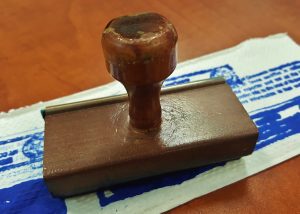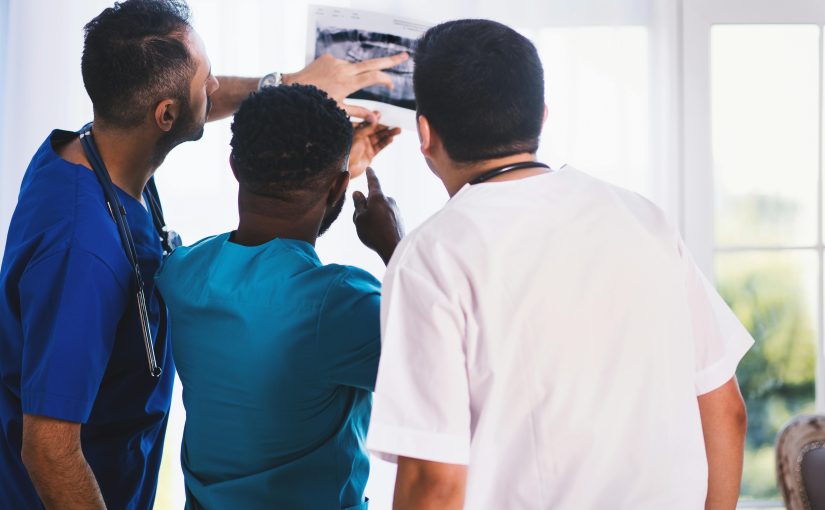
Imagine a person embarking on medical tourism, heading to Malaysia, the UAE, or any country in Europe (due to inexpensive healthcare facilities). But they will also have to bring their medical history. For example, a person who goes to China from the United States will rely on accurate, cost-effective medical document translation to get quick medical attention.
So, what is medical translation? How to translate medical documents? In this blog, you’ll learn the ins and outs of this vital subgenre in the translation services community. Whether you need to perform medical certificate translation in Arabic, Chinese, Russian, Korean, or any other language, you must ensure accuracy to get proper patient care.
Let’s explore the benefits and procedures of translating medical documents. We’ll also discuss the challenges translators face when working their magic on a patient’s medical paperwork.
What is Medical Document Translation?
Let’s say you’re a citizen of Spain who wishes to tour the United States to get treated for a chronic ailment. That person will have to get permission letters from their doctor in Spain as well as a US-based healthcare professional to get treated. That’s where the need to translate medical documents from Spanish to English arises. You’ll ask questions like: What is a certified medical translator and where to find one?
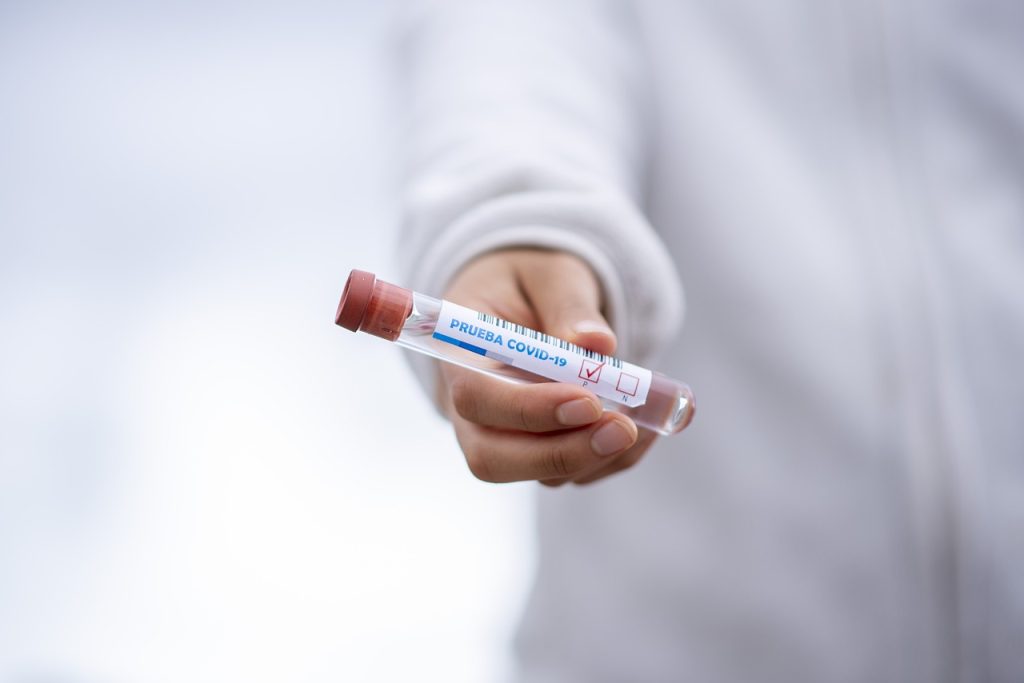
So, let’s discuss the genre of translating medical documents in detail here. In simple words, you always hire niche-specific translators who rephrase the contents of a certain document into a different language. When it comes to legal document translation, you hire translators with some sort of expertise in International Law. Similarly, medical documents are better translated by a person with ample healthcare expertise and a background in the field of medical science. In this sort of translation, the translator may have to work their magic on:
- Prescriptions
- Insurance notifications
- Case reports
- Legal disclosures
- Research documents
But patients aren’t the only ones who may feel the need to translate medical paperwork. Besides a patient, the following individuals can also hire the services of a linguist with medical expertise to reword a certain document:
- Individuals conducting clinical trials
- Companies that manufacture medical devices
- Pharmaceutical companies
- Universities publishing medical research
- Governments communicating public health information
Next, we’ll explore the benefits of this sort of translation in as few words as possible.
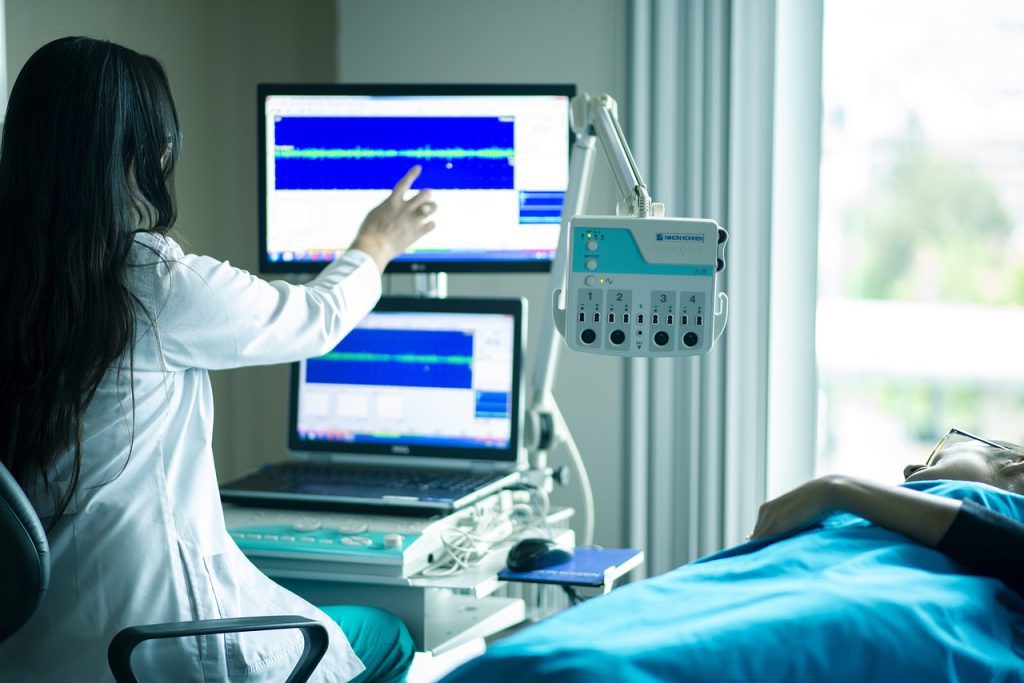
Benefits of Translating Medical Documents
A recent study by UCLA Health proposed that underprivileged and underrepresented groups or communities could become a part of cancer research studies only if consent forms weren’t just available in English but in other languages (Spanish, Arabic, Hindi, etc.) as well. This simple example shows the role medical translation plays in the globalization of medical care. Here, we will discuss a few more reasons why you need to translate medical documents by recruiting the services of expert translators:
- Time-Saving: Since many Americans don’t speak English as their first language, the simple process of medical translation will save time and welcome more people into the fold of the US healthcare system.
- Fewer Errors: Medical errors are the third-leading cause of death among US adults. So, accurately translated documents will reduce these errors, saving millions of lives across the nation every year.
- Legal Compliance: In many cases, patients have sued hospitals because they mistakenly said “yes” to specific medical procedures because of their unfamiliarity with the jargon. A translator will make sure that the patients are told about these medical procedures in their native languages.
- Better Healthcare: The entire healthcare industry will benefit from medical translation. It has been observed that bilingual nurses improve the efficacy of patient care. That’s why the role of medical translation will increase in the future.
- Credible Research: Healthcare researchers can produce credible research papers and case studies only if they’re getting accurate information from non-English-speaking patients. So, medical translation assists researchers in getting ample funding and gaining investors’ trust.
In the next section, you’ll learn exactly how medical translation is done. What’s the process? What are the steps involved in medical translation? Learning the process will help you appreciate the folks who dabble in this complex, detail-oriented translation procedure.
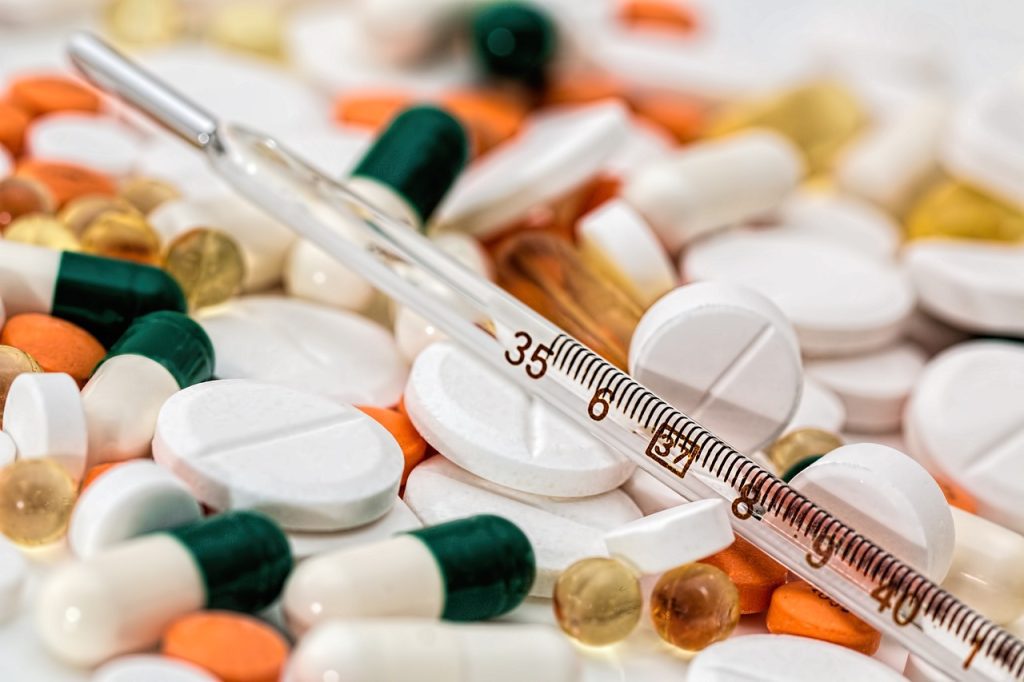
How to Translate Medical Documents?
If you think that medical translation is simply about copying/pasting your information on Google Translate to get quick results, think again. Medical translation is a pretty complicated process. A medical translator usually rewords a patient’s medical records by following these steps:
- The translator needs to be proficient in the source language as well as the target language. If you hire a person to translate a certain document from French to German, let’s say it’s vital to hire a person who speaks these two languages fluently.
- The translator will receive the to-be-translated documents online (or in person, depending on the situation). They will learn the context behind the translation, i.e., the reasons why the translation is needed in the first place.
- The translator reviews the contents of the document in question, going through the text again and again. They must be familiar with the contents of that document inside out before attempting to reword it in another language.
- They will use a medical dictionary to ensure all the medical terminologies are rewritten the way a foreign doctor can easily understand them. They also create digital glossaries to keep a record of all the terms or jargon that they’re rephrasing in another language.
- Now, the translator will start translating the whole thing. It may take them a few hours to get the job done. However, in some cases, they may spend days trying to figure out the right word to translate a single passage.
- In the next phase, the translator will review their work. Editing and proofreading are two tasks that require a second opinion from another expert translator.
- In the final phase, the client reviews the final translation.
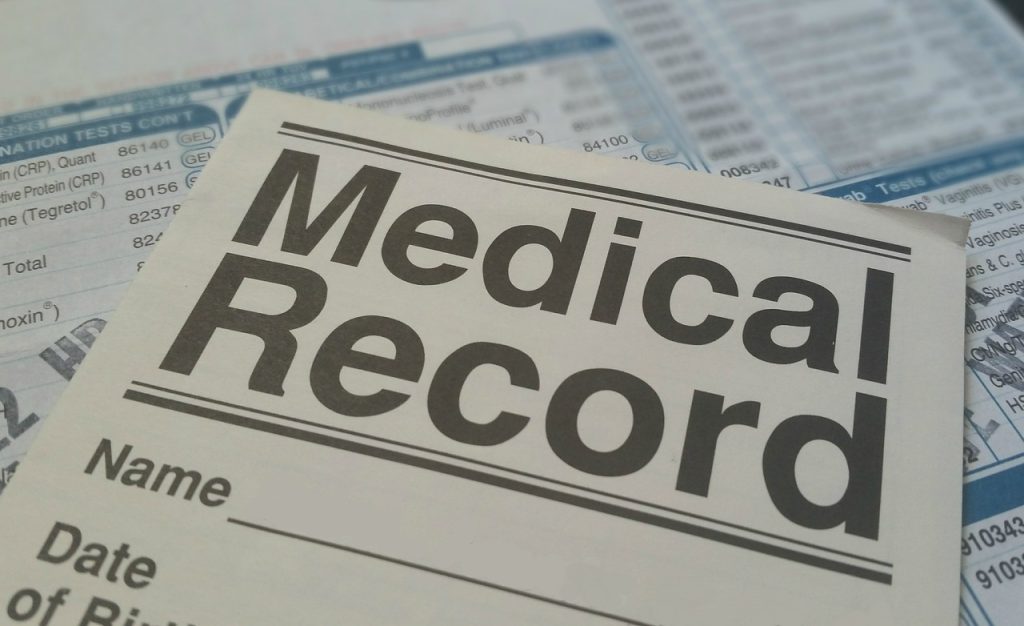
However, this translation process isn’t free of unique challenges and problems. In the next part of this blog, you’ll get an idea of what sort of challenges medical translators face daily.
Medical Translation: Challenges and Pitfalls
The global healthcare document industry is constantly evolving, and surveys claim that this sector will stand at an impressive $516 million in 2023. However, translating medical documents isn’t an easy feat, and translators face many challenges when trying to rewrite files of this nature in another language.
Untranslatable Words
Many words and phrases don’t have a direct equivalent in another language. That’s why they are better left alone; translating them into another language would be futile; they can only be understood in the right cultural context. In non-medical translation, words like kummerspeck, bakku-shan, jayus, etc., are some examples of untranslatable words.
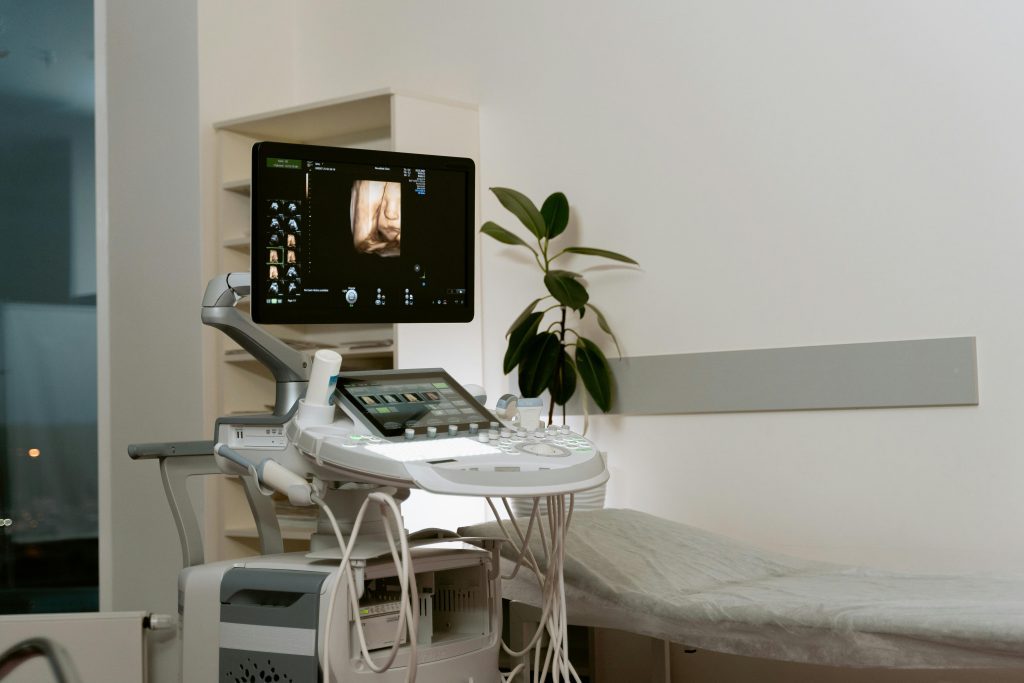
Attention to Detail
Imagine a medical translator reading a graph that is wrong or confusing between two bars. Accuracy is not just about understanding the medical terms correctly but also handling documents with very complex formatting. It requires a little technical know-how of these documents. You need to hire a translator who can make sense of medical tables, graphs, images, diagrams, etc. These tables contain critical information, so they must be translated accurately to deliver the desired results when read by a foreign audience.
Cultural Sensitivity
The role of cultural sensitivity doesn’t go away in medical translation. If you want to globalize your content, such as your medical research, you must be mindful of cultural connotations behind certain words/terms. But it’s not about being “politically correct”. Understanding cultural nuances is a great way to connect with another audience. Healthcare documents like informed consent, patient instructions, medicine labels, health education materials, etc., require accurate translation with proper cultural understanding to ensure non-English-speaking patients stay on top of their well-being. That’s how medical translation advances health equity, making the healthcare industry more accessible.
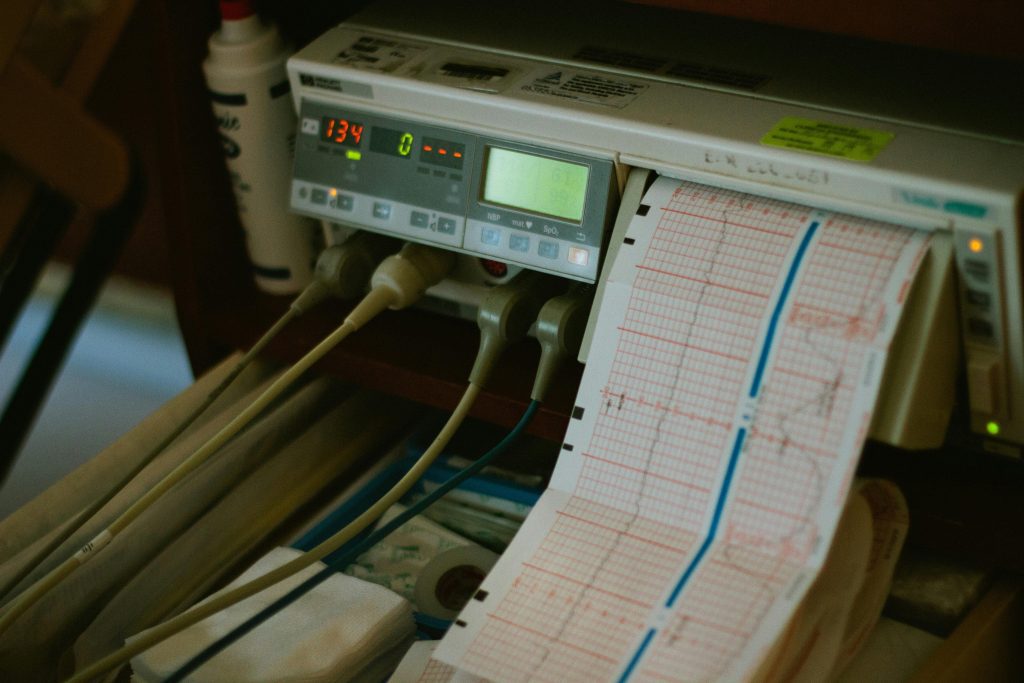
Speedy Translation
Don’t forget that medical translation isn’t just about accuracy but also speed. Fewer translators or the unavailability of the best translation experts are some factors that affect patient care. It’s important to note that time is an essential factor; lab tests, medical reports, medical instructions, etc., must be translated quickly to ensure that patient care isn’t delayed.
Medical Terminology
The most important challenge is translating unique, complicated terminologies. Imagine tackling words like non-enzymatic glycosylation or cavernous haemangioma in a different language. Unless you possess the requisite medical background or knowledge, you won’t be able to do justice to a document containing these terms.
Conclusion
When it comes to translating sensitive materials like your visa, financial documents, or medical paperwork, it’s unwise to rely on services like Google Translate or even paid apps. It’s better to hire a linguist with medical expertise to go over your medical history and carefully rephrase it all into another language. That’s why you should contact credible agencies like TranslateSwift, in which certified translators sprinkle their vernacular magic on clients’ confidential files.
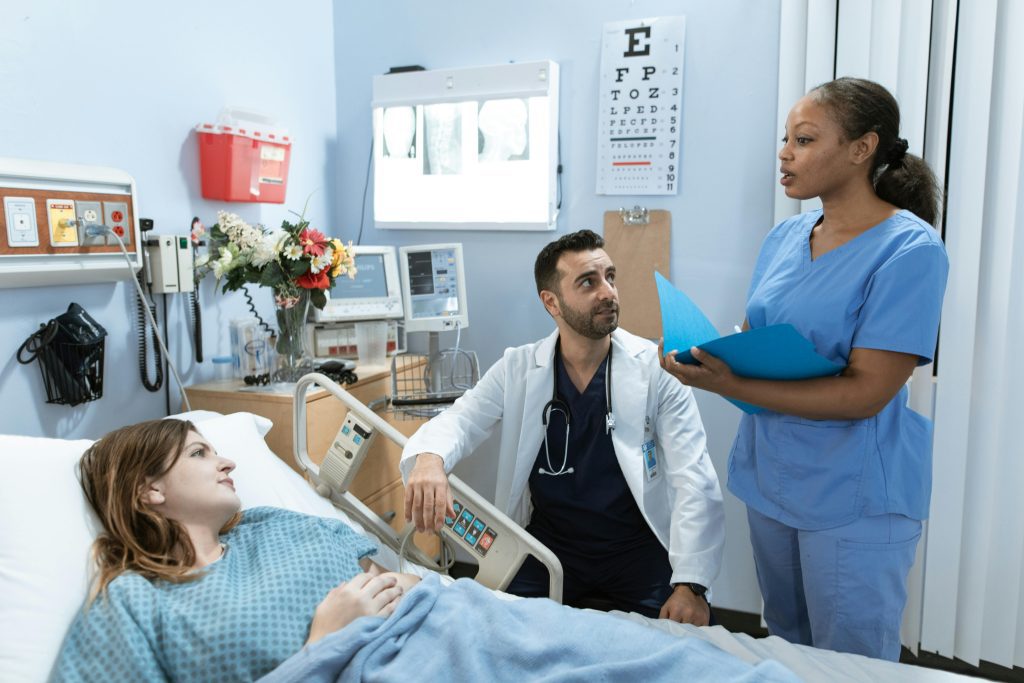
You can simply order a swift document translation online by sending your healthcare-related files through a secure channel. Trust these experts to treat your documents with the utmost care and ensure that foreign healthcare professionals understand your diagnosis or medical history perfectly. Accurate medical translation is vital for your well-being in medical tourism.
FAQs – Medical Document Translation
How long does it take to translate medical documents?
Unlike traditional documents, medical documents require a lot of research. That’s why they can sometimes take days to be adequately translated.
Are there apps to translate medical files?
Yes, several apps can translate medical documents into multiple languages. However, these apps are prone to errors, so it’s always better to hire someone with relevant translation experience.
What is a certified medical translator?
This person holds a certification that allows them to translate medical documents from one language to another. You may call them a translator with niche-specific specialization in healthcare.


